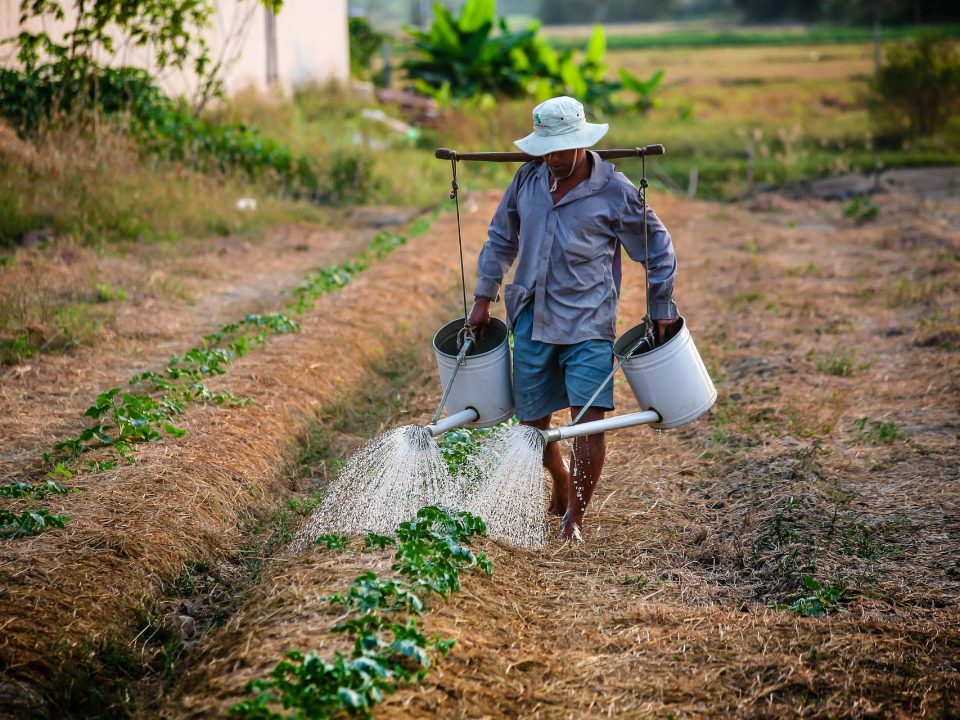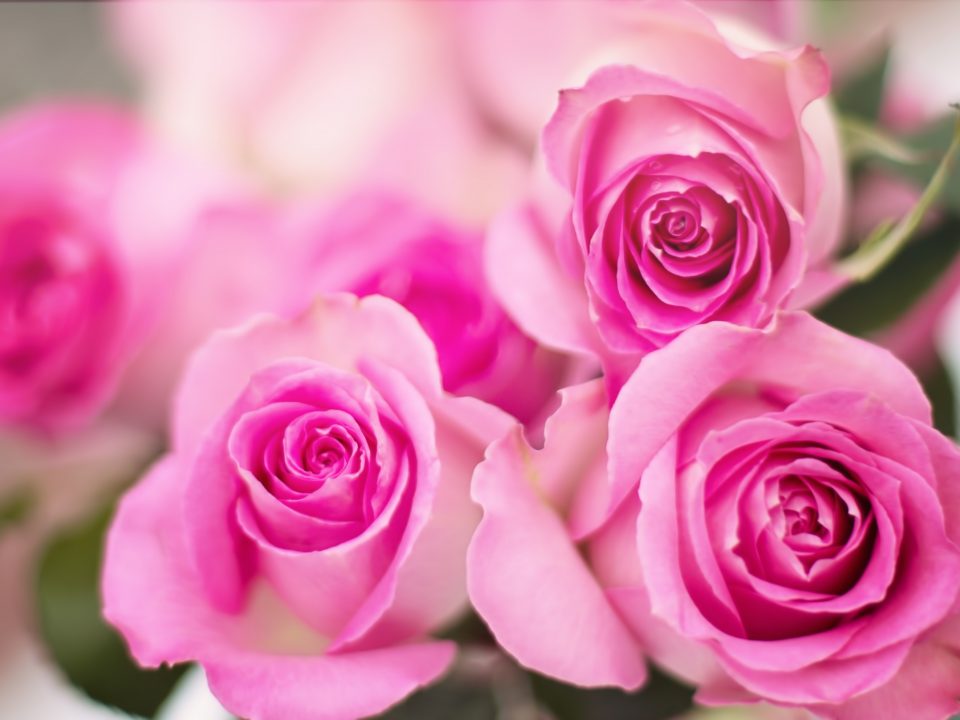Ecological Gardening

Butterflies in your Garden
August 19, 2018
The history of garden design
August 30, 2018Ecological Gardening – A garden is built in the green approach
Want to build a garden in your home while preserving the environment and save money in water consumption for irrigation? Innovative methods of ecological gardening give the answers
The green and ecological trend, which strives to preserve our environment, increase the quality of our lives and use environmentally friendly means, is also evident in the world of landscaping. The establishment of a private garden at home is a dream come true and can include extensive vegetation, garden furniture, pool, decks, tanning beds, and hammocks – and turn a previously neglected area into a dream home. “The world is drying up” is not only a good campaign but also a fact on the ground, there are endless water reservoirs and combined with the fact that water prices are only increasing make the garden a project is not cheap and not simple that many even choose to give up.
So before you give up, you can hear the new trend in landscaping and design – ecological gardening and the establishment of a green garden (literally).
Modern technology offers a wide range of solutions that allow us to create a beautiful and pleasant garden with a variety of plants without wasting huge quantities of water. Here are some of the new and old revolutionary methods we see in gardens around the country.
Ecological Gardening – What Is It?
Ecological gardening is a doctrine based on two main requirements: the demand for a garden that is economical in water to help preserve the environment and save water in Israel and on the other hand reduce the cost of maintenance of a garden that are high as well. Ecological gardening enables us to save water consumption for irrigation of the garden very significantly. Ecological gardening is based on the following principles:
Use of local vegetation – the most reasonable assumption is that local vegetation will be more resistant to pests and consume less water and therefore its use in recommended ecological gardening.
Use of seasonal vegetation – Unlike flowers and seasonal plants, this vegetation can hold and be standing throughout the seasons.
Water Recycling – Storage of rainwater and irrigation systems in gray water has become a very hot trend in the market (see below for more details).
Soil – Soil conservation by the addition of organic materials, water and oxygen will help us maintain it over time.
Natural Guardians – Using organic elements to preserve the garden, such as organic pesticides, natural wood trimmings, fertilization compost, use of natural vegetation, etc. can help us preserve the garden and the environment.
Technology – Using intelligent irrigation systems with sensors helps to save water consumption significantly.
The gray water system
“Gray water” is a term for the waste water in the home, such as washing water, air conditioning, bathing water, water from the sink, etc. Black water contains water from the toilet, for example, the chemical composition may be toxic and therefore not used. Gray water is not polluted like black water and can be reused.
One of the most innovative and smart technologies in the world of landscaping is the routing of gray water to irrigate the garden. Systems that treat the gray water, refer them to tanks for washing and filtering and straight to irrigate the garden and allow to create a significant savings in water consumption. Installation of gray water system for garden irrigation
The gray water system leads the water to the roots and below the ground, and it is not customary to use gray water for spraying and spraying, as these can include toxins that evaporate into the air with a certain vegetation.
Using drips for the garden
One of the smartest patents in the field of ecological gardening is using drip irrigation. Installing drips requires extensive infrastructure work at first but then saves you a lot of resources in the cultivation and irrigation of the garden and more importantly – water consumption is surprisingly small. The first stage is recognition with the existing garden, its surface, the soil, the natural flow following the slope and the level of absorption, and so on.
The second stage will be to turn the soil and ventilate it and dig drainage ditches for running water. The canals help to quench the soil with controlled rainwater and give the plants more water during the dry seasons.
The third stage will be the deployment of the irrigation system, with accurate calculation of the location of the drips. In areas without vegetation there is no point in installing a pipette and wasting water.
Each garden has needs and other requirements and can be applied to different technologies and elements for saving water. Remember – you are helping the environment and you are helping yourself – both in a comfortable and healthier quality of life and cheaper
. How the system is built to purify gray water
In principle, the system consists of several basins that spill into each other:
The first basin – a settling basin
The settling basin was designed to separate the solids from the water. Perform preliminary screening before the gray water enters the green basin.
The gray water from the house enters the tank in a rush and is blocked by a partition, they have to pass under it, and during the process the hairs and other waste sink into the bottom of the tank. The water rises again from the other side of the partition, and from there flows into the green basin. The sludge is destroyed by the introduction of a bacterium that treats it.
In the case of separation of fats, in the past of the partition into which the water enters, fill straws of various kinds. The water flows through the straw to the bottom of the tank, and passes to the other side leaving behind the fat molecules caught in the straw. The straw should be replaced every few weeks – depending on the amount of use.
The second basin – a green basin
From the settling basin, the water passes to the first green basin – a green basin. It is a large basin at a depth of 90-80 cm, full of agrigates up to two thirds of its height (at least 60 cm), and is planted with various plants – especially the Bog Plangs – those on the edge of streams. These are designed to synthesize and filter the water, namely: clean them. The basin is located when opened at ground level
The tuff used as a growth medium contains aggregates of various sizes – from the size of a tennis ball at the bottom of the tank to the size of sesame at the top.
The third basin – collection basin of purified water
The next basin to which the clean water passes is the collecting water basin.
This basin collects the purified gray water. Contains a buoy attached to the pump – dipped or external – which in turn is attached to the bottom of the pelvis. This basin also includes an exit to the sewage system, which was intended to drain surpluses.
The power cord connected to the pump to the basin determines the collection times and also includes a microprocessor that automatically discharges the drain into the water when necessary. When the pump does not work, the excess gray water goes out to the sewer to prevent flooding.
The head of the irrigation system – the head of the system is composed so that he can back up the operation of the system even while the tenants are absent from the house for a long time. For this purpose, the system is connected to the pump on the one hand, and on the other hand a tap of fresh water.
After the filter connect the electrical taps that are connected to the computer, followed by:
In the end, another tap is installed to open the fresh water.
The central faucet allows you to close the gray water purification system while you are away. The system automatically switches to irrigation in regular tap water according to the operation of the irrigation machine, and according to the data we entered into it.
The wash faucet at the end of the line is intended to drain the system from time to time and wash it out of the dirt.
Requirements – electricity, clean water source, sewage outlets for the flow of the surplus into it.
What are the challenges facing this system?
One of the problems in this system, which contains reservoirs, some of which are open, is the development of mosquito nets and similar insects in the water, and stench of sewage. There are two easy and convenient solutions to implement:
The first is to ensure that there is a constant turnover of water. The water must be replaced with the gray water purification system every 24 hours. In other words, to direct the purified gray water to irrigation or drainage.
Another solution is easy initial chlorination of water: the intake of chlorine ball to the grid solves the problem and prevents odors






